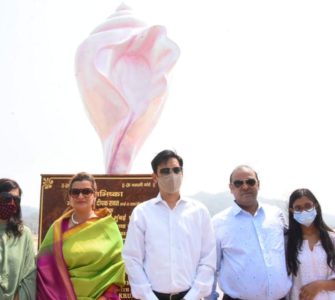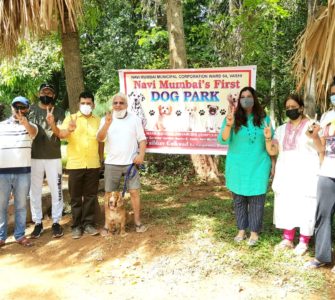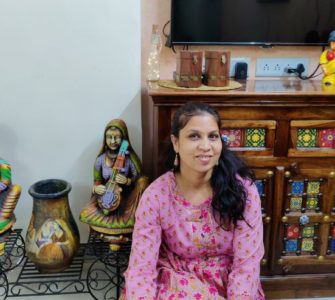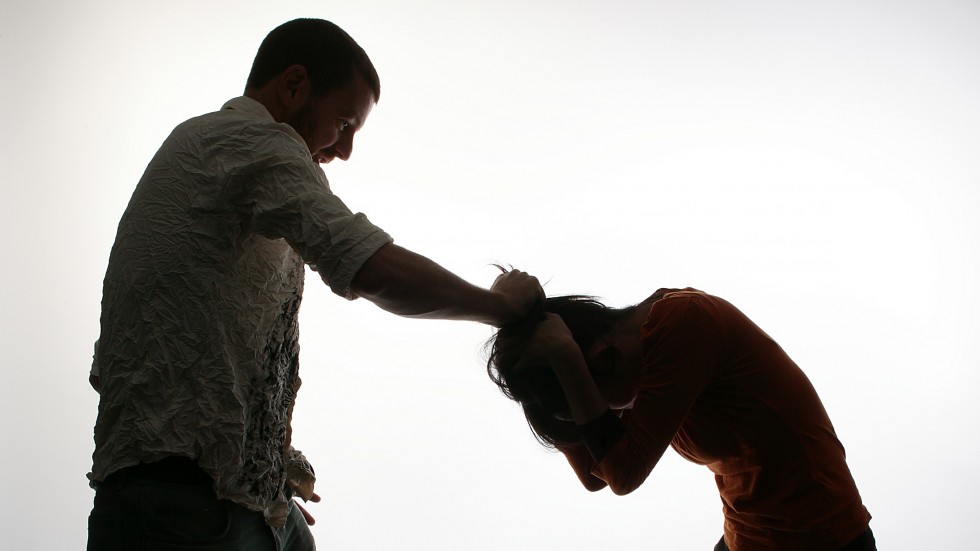
Homoeopathy is a form of holistic medicine, where the human being, in health or in illness, is considered as a whole, mind and body together.
Homoeopathy, however, is based on the Law of Similars, the existence of which has been known from the time of Hippocrates and it has also been mentioned in our ancient Hindu texts. But it took Dr. Samuel Hahnemann, a German doctor, to thoroughly comprehend, utilize and make this Law of Similars into a complete system of therapeutics, more than 200 years ago.
What is this Law of Similars? This Law of Similars states that a drug, capable of producing in a healthy person, a diseased state EXACTLY similar to that observed in a diseased person, acts as a curative agent if the disease is in a curable stage. In the incurable stage of the disease, the same drug acts as the best palliative.
Disease is the reaction of the patient to unfavourable environmental factors and this reaction manifests itself through signs and symptoms. However, the way different individuals react to the same environmental factors will be different, as the way they react depends not only on the environmental factors, but also on the constitution of the affected person. This leads to the concept of Individualization in Homoeopathy.
The concept of Individualization takes into consideration the total response of the living organism to the unfavourable environment. This total response can be seen through signs and symptoms at 3 levels emotional, intellectual and physical. These are the planes on which the Life Force manifests itself. These signs and symptoms, which are indicative of a malfunctioning of the Life Force, comprise of two groups one group is the diagnostic group of signs and symptoms, which arise due to the basic illness itself, and lead a physician to the diagnosis of the disease. The second group comprise features which do not aid in the diagnosis, but are important, from the point of view of Homoeopathy, that these are the individual’s own reactions to the illness.
In the assessment of this total response, to find the most suited remedy for the patient, a homoeopathic physician will give prime importance to the causative factors and to the peculiar characteristics of the ailment. This does not mean that the DIAGNOSIS is unimportant in Homoeopathy. Though it is true, that the selection of the indicated remedy is based more on the group of characteristic signs and symptoms, than the diagnostic group of symptoms, diagnosis does have an important role to play. It helps the Homoeopath to choose the case for Homoeopathic treatment, helps in determining the location and the pathological changes taking place in the illness, helps in picking out the characteristic symptomatology for the Homoeopathic prescription. The knowledge of the pathological changes helps in the formation of the prognosis and in judicious planning of the further course of treatment.
Very often, in a Homoeopathic practice, one comes across the situation where a patient has been improving well and then the improvement stops at a certain point, going no further. It is at this point, that one needs to consider another concept important in Homoeopathy, which is the concept of Susceptible Constitutions. This concept takes into account the hereditary influences and predispositions which play an important role in the development of illness. The blocks in the course of treatment come up due to this factor of genetic and hereditary predisposition and deeper acting medicines are required intermittently to get past this problem. If one has to eradicate a disease from the root, it is very important that a prescription has to consider this underlying cause in a patient.
These fundamental concepts of Individualization and Susceptible Constitutions form the building blocks of homoeopathic practice and it is only by following these concepts that a successful application of the Law of Similars can be made.
The Homoeopathic system of medicine therefore allows us the possibilities of favourably influencing mental processes and decreasing the adverse influences of the hereditary predispositions to illness, eventually creating a better adaptation of the patient to his environment. It thus has a huge scope in the practice of Constitutional Medicine and also in Psychosomatic Medicine.
Over time, Homoeopathy has evolved its own detailed methods of Case Taking, drug preparation, eliciting the effects of drugs, selecting the indicated remedy, rules for administration of the remedy and for observing the effects of the remedy after administration. In this way, with proper abidance to these rules, the Homoeopathic physician can offer a fairly accurate prognosis and also plan out and regulate further treatment.
Homoeopathy has an important role to play in the treatment of children. A proper planned treatment for the child is advisable right from the time of conception and through the formative years this sort of constitutional treatment can greatly reduce the effect of harmful hereditary influences, which, if untreated, could lead to the development of various types of constitutional disorders in later adult life.
Homoeopathy can treat all kinds of women’s disorders too, since very often, we find that the mental-emotional state of a woman is responsible for the creation of imbalance in her system.
Due to the Law of Similars, a Homoeopathic physician understands not only the dis-eased condition of the individual, but also the remedy which will set right the state of dis-ease to one of health (ease). Since the state of disease is manifested by signs and symptoms, the Homoeopathic physician is able to detect the disease right in its beginnings, even when structural changes have not yet occurred and definite curative treatment can be instituted, at a stage when diagnosis is not yet possible. This is one distinct feature of Homoeopathy and a major advantage.
Homoeopathic treatment does not interfere with the immune processes of the body. Recovery takes place from the stimulation of natural defense mechanisms and hence there is a quick and easy convalescence with absence of adverse effects and debility.
Apart from the misconception about the value of diagnosis in Homoeopathic therapeutics, another popular misconception is that Homoeopathic medicines have no side effects and hence can be taken randomly by anyone.
A side effect can be defined as an unpleasant and unwanted effect which occurs along with the therapeutic effect from the required dose of medicine.
Judicious administration of a Homoeopathic remedy in proper suitable potency is certainly free from side effects, but self medication by an individual without following the well established rules of a Homoeopathic prescription can certainly lead to unpleasant and unwanted effects.
Homoeopathic medicines work, not by direct chemical action, but by the action of medicinal energy on the immune system of the body. Hence over a period of time after regular treatment, the immune status of the individual improves and tendencies to develop illness decrease. Homoeopathy thus truly is holistic, working to improve the state of health, prevent disease and cure illness in a gentle, rapid and safe manner.
Dr. Firuzi Mehta Dabu qualified in Homeopathic Min 1997 and then completed her HMD from the British Institute of Homoeopathy, London. In 1998, she also attended an Introductory Course in Anthroposophic Medicine and Iscador Therapy for Cancer at the Lukas Klinik in Arlesheim, Switzerland now known as Klinik Arlesheim. After working for over 5 years with an eminent homeopath in Mumbai, to gain work-experience, she started her own practice in 2001. She reviews homeopathic books as and when the opportunity arises and firmly believes that one’s knowledge is always incomplete and needs to grow. She is currently enrolled withand studying forthe 2 year E-Learning Programme offered by Prof. George Vithoulkas’ International Academy of Classical Homeopathy. Clinic at Tardeo, Mumbai. Cell no.: +91 9833769447.Email: f.mehta@homoeopathie.in
Website:http://www.homoeopathie.in













